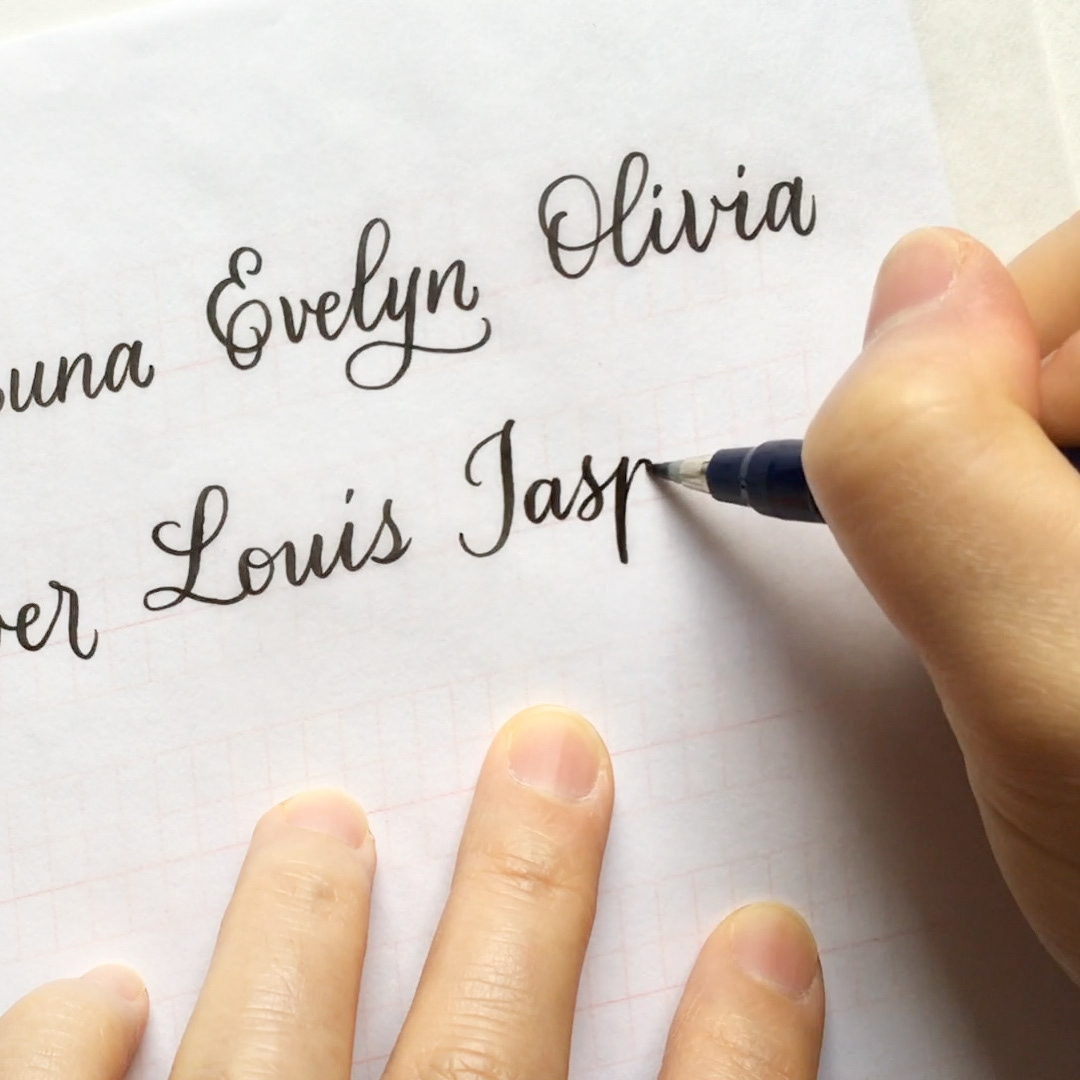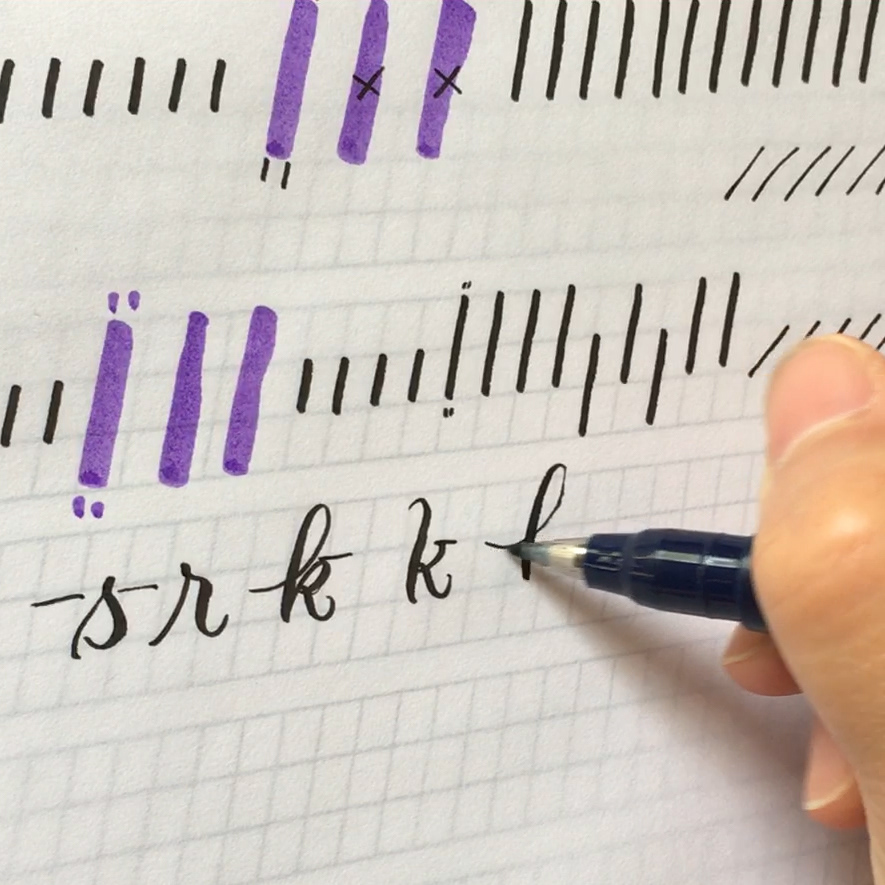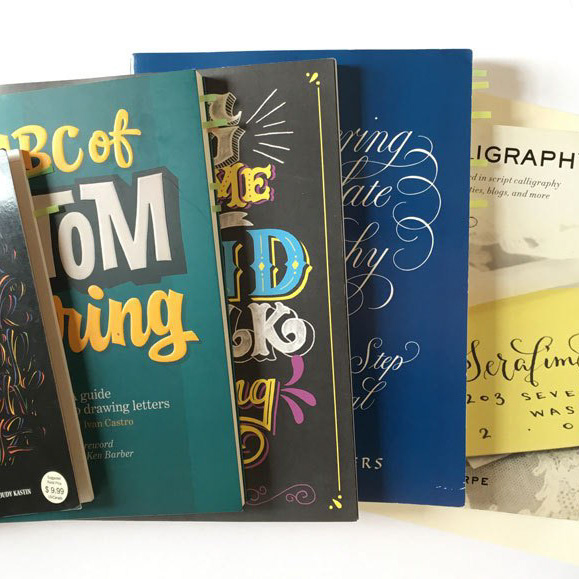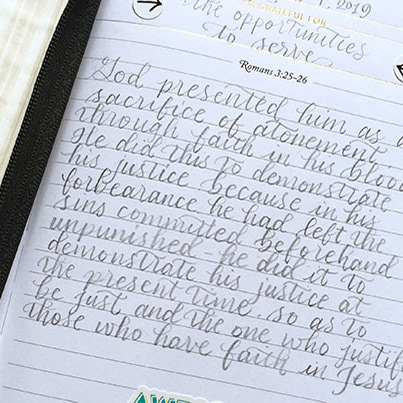I have a confession to make, I am a pen-hoarder.
I love Posca Paint pens. As an artist and DIY enthusiastic, I have this problem of compulsive pen shopping. I probably own more art supplies than I can use in my lifetime. I am going to make my supplies useful by giving it an honest show-and-tell review. This way you can know exactly what these tools are good for before you take out your wallet.
In this post, I am presenting Posca pens- my favorite paint pens, aka acrylic markers. Posca paint pens are acrylic-based markers, which means they are water-soluble while wet and became water-resistant when dried. I used these markers to draw on a 7 ft. surfboard. At the bottom of it, I mixed the light and dark blues with the white to paint the waves.

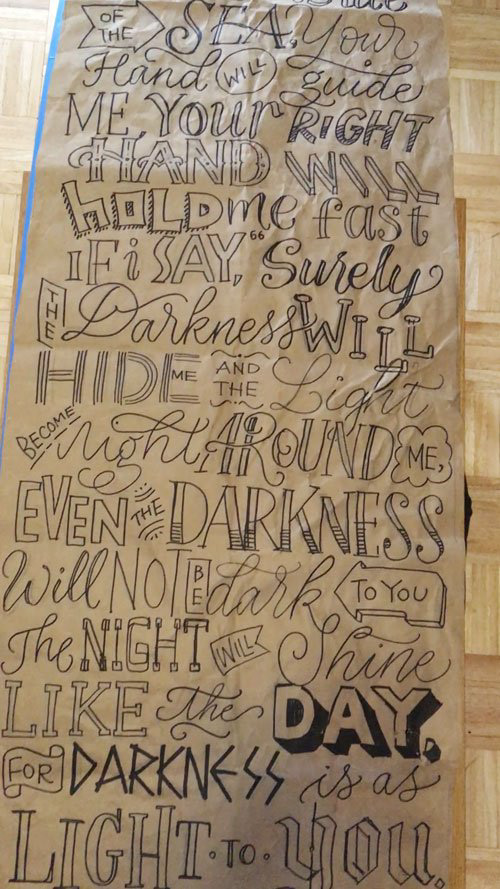
Acrylic paint is normally opaque unless you dilute it too much. And that makes it possible to layer the colors and keep the integrity of the vibrancy. These Posca pens are my go-to choice when I need to draw on a dark surface. Not only that, you can easily draw on glasses, plexiglass, plastic, leather, wood, fabric, metal, and even rock. The less porous the surface, the better.
These Posca pens come in 8 tip-sizes, I have the 3m, 5m, and 8k tips. The 8k ones have the chiseled tip, and the others have the rounded tip.
Another thing I really like about the Posca paint pens is that they dry quickly and they are non-toxic. It’s an ideal option for craft projects with the little ones. If you want to permanently preserve the artwork simply spray on a clear coat.
Another thing I really like about the Posca paint pens is that they dry quickly and they are non-toxic. It’s an ideal option for craft projects with the little ones. If you want to permanently preserve the artwork simply spray on a clear coat.
Posca markers come in 55 colors, including 8 metallic, 6 fluorescent, and 8 glitters. On the official website, you can find all sorts of inspiration and DIY ideas!
Project example:
While we are playing with Posca Paint pens, I want to share a tip on drawing on a glass bottle. Drawing on a curved surface is tricky in itself, in the case of a glass surface is even more so. You can’t draw a pencil sketch on it before you commit the design with a paint marker. My tip is that you can draw the design on a piece of paper, and insert it in the glass bottle so you can trace it.
Make sure your paper is wider than the circumference of the bottle so when you insert the paper in, it will be against the glass interior. After you’ve traced your artwork, use a pair of tweezer or chopstick to take out the sketch.

